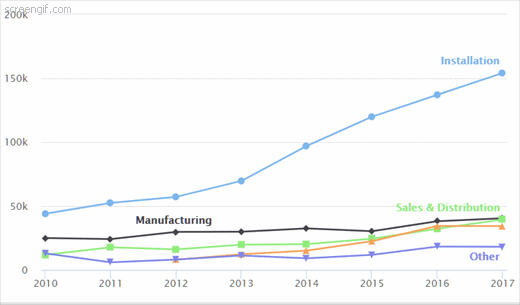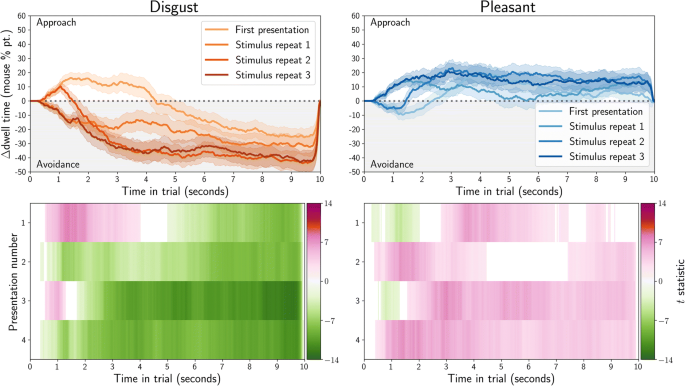

The nearest park is covered in cross country ski tracks. But maybe the medications that stop it suck worse.

'Twas music, dancing, mechanical devices, electricity, robots, fantasy, fiction. But you might look here: (until it expires.) If you came around to my page looking for a local artist for a graphic design, sorry, I'm out of commission still. I expect I'll get back to updating and drawing in time. And I haven't resumed drawing or flute yet.Ī brain surgery and a revision later, I can see well enough to read again. The stuff I've written since I just put in the library page. Still alive! And I can see except for double shadows and blind spots. I guess I haven't posted anything for ages. I haven't really produced anything this past year, but I continue to exist. I'm off to my next adventure in Neurosurgery mid June. I see it's been almost a year since I wrote here. Anyway, plans for this year: don't go completely blind, rebuild the old ebooks with many corrections and some reformatting, and build new ebooks for my little Data Dragon tale. Searching for gusdefrog on Patreon doesn't find me, and neither does Kathi Day. the last 3+ months I've been writing a webnovel called Data Dragon Danika, I've entered my Mark of London Regency Romance scribbles in some competitions on, and I've started a Patreon page. Working from the most upstream point to the downstream point, simply create runoff hydrographs, add them to together at confluences, route them through channels or detention ponds, split them up (Divert) if needed, until you have reached the downstream point of interest.I've come down with Covid-19 apparently. No matter how large or small, that is all that’s needed to build a simple watershed. Hydrograph 6 is the final hydrograph that flows into the Main Channel. Your final basin model should look like this: Select hydrographs 4 & 5 as you did in Step 2. Since we only want a single hydrograph, we must combine (add) them. Combine Hydrographs 4 & 5 to create Hydrograph 6Īt this point we have two hydrographs that outfall into the Main Channel. The updated basin model will look like this: 5. Simply follow the procedure shown in Step 1, i.e., click the button. Add runoff hydrograph for sub-basin DA3ĭA3 must be added to the model at this point because it also outfalls into the Main Channel. The updated canvas will show the following schematic: 4. Select Hydrograph 3 and click the button on the Ribbon Toolbar. Hydrograph 3 then travels down a channel (Intermediate Channel) which outfalls into the Main Channel. Route Hydrograph 3 through the intermediate channel to create Hydrograph 4

Your model schematic will look like this: 3. To add or combine hydrographs, select them first by dragging a rectangle around them with your mouse or alternatively, click on the icons while holding down the key. Since subareas DA1 and DA2 converge, we will combine these hydrographs to form a junction. Add the two runoff hydrographs to create a junction Click the button again to add the second sub-basin, DA2. Then click the button on the Ribbon menu.Īn NRCS hydrograph icon will be placed near the top center of your screen. With the Basin Model tab selected as shown below, click your mouse anywhere on the open canvas. Add runoff hydrographs representing DA1 and DA2 This tutorial is simply to illustrate the steps involved in developing a watershed “model” in Hydrology Studio. This will be covered in more detail in Part II. We’ll disregard the input particulars such as drainage areas, CNs, etc. Lastly, add Hydrographs 4 and 5 to create Hydrograph 6.įollowing is a step-by-step procedure working from the “Basin Model” tab.Create runoff hydrograph for sub-area “DA3” - Hydrograph 5.Route Hydrograph 3 through the intermediate channel to create hydrograph 4.(They converge at the same point, a confluence.) Add (combine) Hydrographs 1 and 2 to form Hydrograph 3.Develop runoff hydrographs for sub-areas “DA1” and “DA2” - Hydrographs 1 and 2.To model the watershed shown below, follow these 5 easy steps: Our task here is to develop the most downstream hydrograph which outfalls into a major lower horizontal channel. This example watershed consists of three drainage areas (subareas) and an intermediate channel. With all watersheds, you’ll begin at the uppermost drainage areas and work downstream, adding runoff hydrographs to the basin model and connecting them together when appropriate. Watershed simulation is accomplished by selecting the appropriate function(s) from the Ribbon menu in the order of the sub-catchment connectivity. This tutorial is only about learning watershed connectivity, not detention pond modeling.
#Open canvas 6 mouse coordination how to#
Here you will learn how to add hydrographs to a basin model and how to connect them based on the watershed configuration. A simple watershed has been constructed and shown below and will be the topic of this tutorial.


 0 kommentar(er)
0 kommentar(er)
